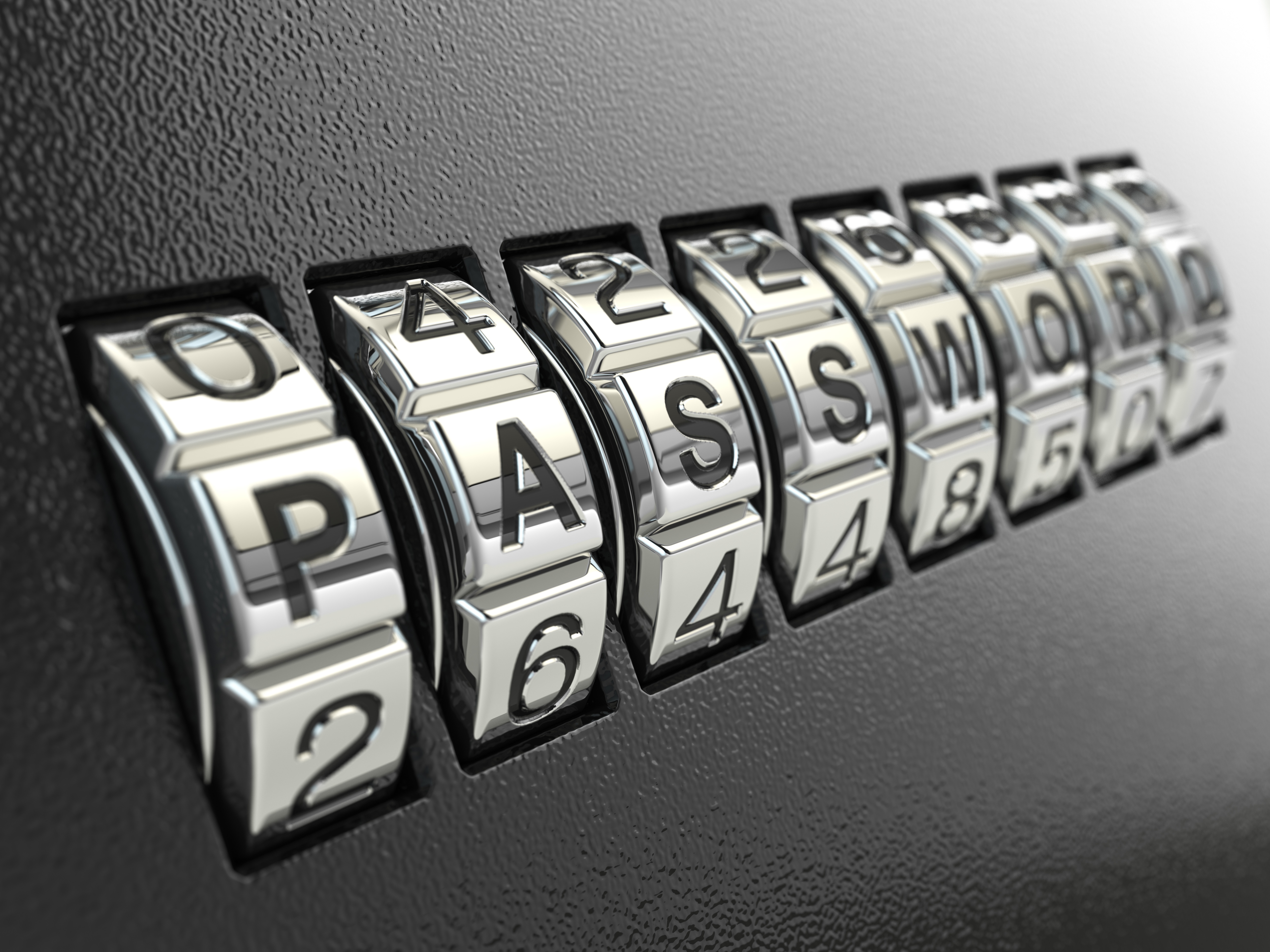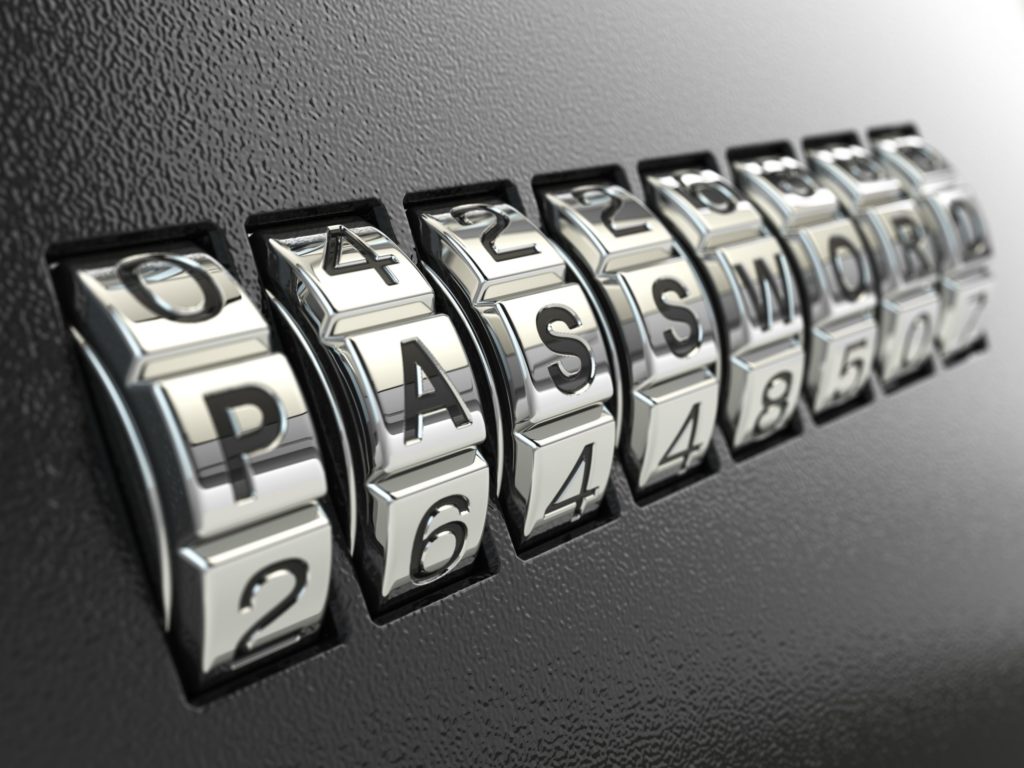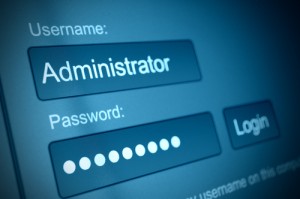
Password managers, aka password vaults or safes, help solve the problem of keeping your passwords for multiple sites straight. They serve as the central spot to store all your passwords, encrypted and protected by a pass phrase or token you provide; this leaves you with only needing to remember one password, no muss no fuss. With the task of remembering every other website log in taken care of, you are free to make your passwords as long and complex as possible which makes your accounts that much harder to hack.
This week we will be looking at three different password managers, all of which are equipped with features designed to improve your security.
LastPass
LastPass was one of the first well-rounded password managers available, and one of the first that made it easy to store all of your passwords either online or synced with other companies and devices, or locally on one device. LastPass remembers our passwords so you don’t have to, and makes it easy to audit your passwords, use stronger passwords in general, and even automatically change a password for you if a service has been compromised. LastPass also supports two-factor authentication for your vault. The service has been updated in the last year to streamline the UI, allow for easier use, and is now equipped with a number of additional features like credit monitoring, secure password and document storage, notifications when a site you have an account with has been hacked, tools to auto fill forms, and much more
KeePass
Your passwords in KeePass are stored inside an encrypted database which you control on your own system and are never synced or uploaded anywhere unless you choose to take them from machine to machine. It is a portable application, has its own password generator, and also allows you to share access among approved users. You can also export your data in plain text form for quick importing elsewhere or for backups. By default, KeePass uses heuristics — such as by inspecting the title of the window currently in focus — to figure out which password to paste. You can override auto detection for individual entries or whole classes of entries. KeePass also has multiple third-party plugins and tools to extend its functionality to better meet your needs. This program is a single file which allows you to store KeePass anywhere and be easily synchronized between multiple computers by file sharing. If free and open source are your go-to requirements for a security product, KeePass is perfect for you.
1Password
1Password looks great, is flexible and easy to use with its ability to work with just about every web browser. This password manager is equipped with a strong password generator, secure notes for other passwords or notes that you want kept private, and a digital wallet for banking information you wish to store online. 1Password can also perform audits of duplicate and weak passwords. In the View menu, select Duplicate Passwords or Weak Passwords, and you’ll see lists of passwords that don’t pass muster. Other features of 1Password include the ability to set up emergency contacts and share passwords with authorized users, creating multiple vaults for different types of passwords, and it can be used either locally or you can use 1Password across all of your devices by syncing your encrypted vault via Dropbox, iCloud, Wi-Fi, or shared network folders.
In the long run, passwords are on the way out — theoretically, anyway. For the foreseeable future, passwords are here to stay. As long as we’re stuck with them, we should use strong ones that aren’t likely to be hacked and protect them as best we can. The applications reviewed here make those objectives far easier to meet and can spare you a huge amount of typing tedium.

